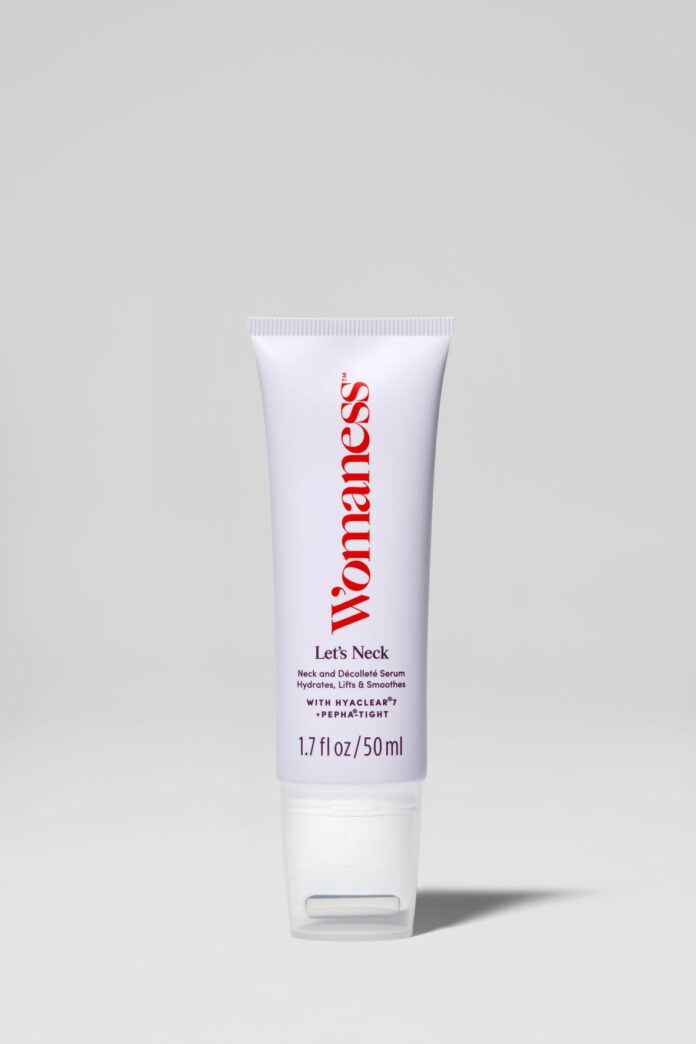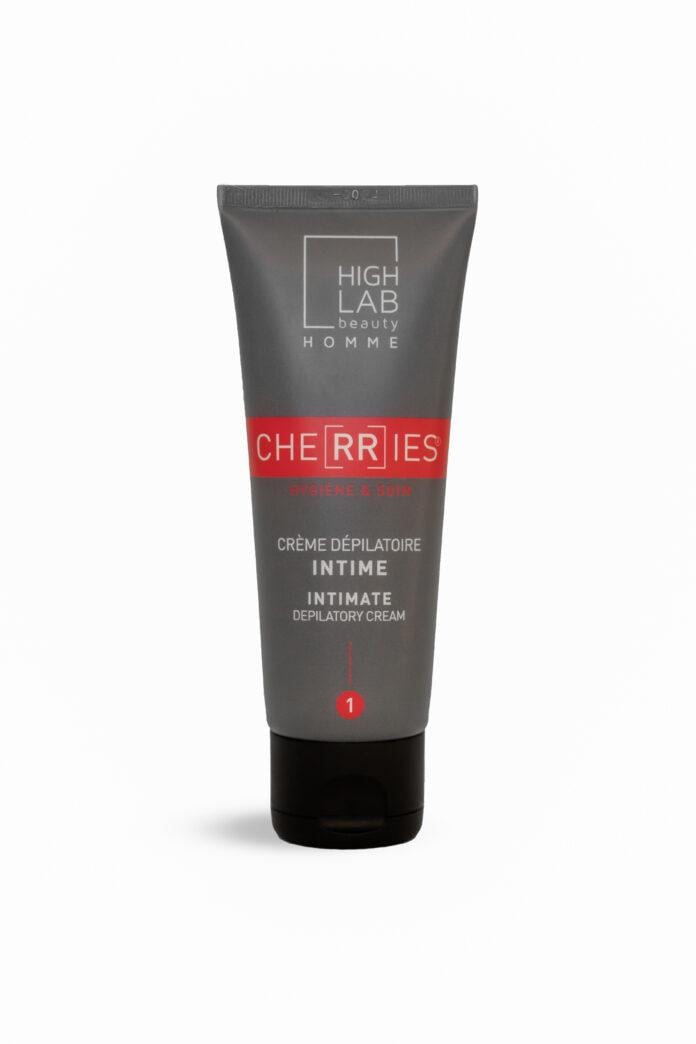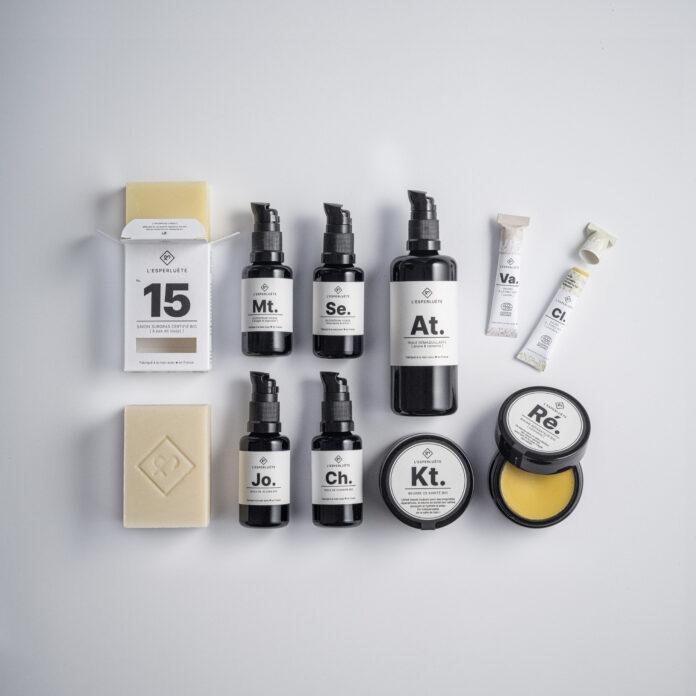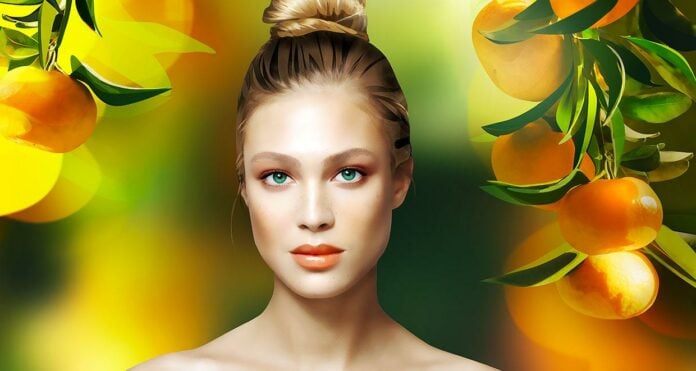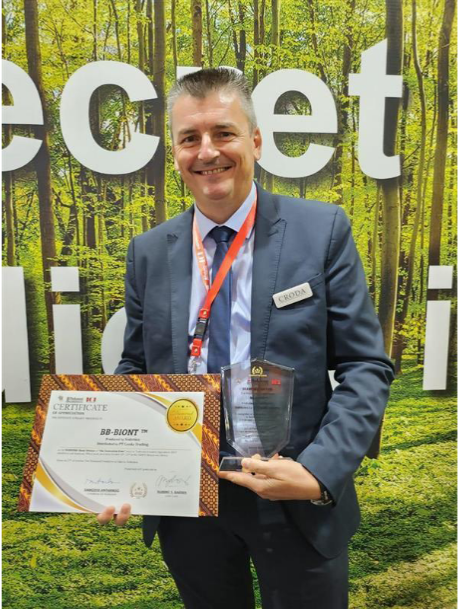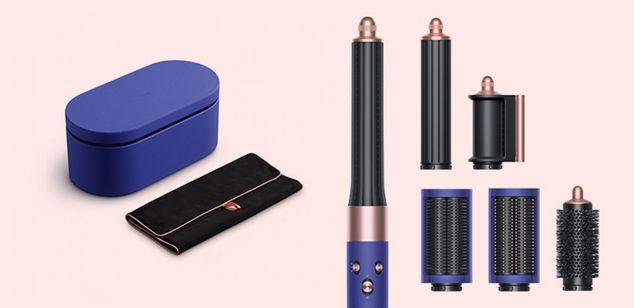The investment will enable the opening of new research laboratories and the development of 20 new beauty products over the next four years.
Dyson announces the investment of half a billion pounds to expand and accelerate its research and technological development of beauty innovations. The company also announces plans to launch 20 new beauty products over the next four years. Alongside this investment, Dyson unveils the results of its comprehensive hair study. It provides in-depth knowledge of hair types, styling habits and perceptions of hair health around the world.
Dyson revolutionized hair care 6 years ago with the launch of the Dyson Supersonic hair dryer: a device that uses fast, controlled airflow and intelligent heat control to dry hair quickly, while protecting it. Since then, Dyson has developed a range of beauty technologies designed to offer styling styles to suit all hair types, while limiting the damage caused by extreme heat. The performance of Dyson styling tools is the result of a decade of research - from hair structure to airflow dynamics - while addressing the effect of thermal, mechanical and chemical damage.
Research at the heart of Dyson
At Dyson's four technology campuses, 6,000 engineers and scientists have access to hundreds of laboratories. These spaces allow new ideas and technologies to be rigorously tested 24 hours a day. Dyson teams develop test beds and use state-of-the-art equipment to understand different hair typologies; but also to identify better, healthier styling techniques. Equipment such as
Scanning electron microscopes, thermal cameras and airflow laser smoke machines help engineers better understand the impact of hair damage, hair types around the world and the effects of high-speed airflow.
Developing the right technology for all hair types remains a crucial objective for the research and development teams. This investment will create new laboratory space to refine Dyson's knowledge of hair types and damage, while supporting the diversification of Dyson's range of beauty technologies.
From the cortex to the cuticle, from the root to the tip of the hair: The findings of the Dyson study
User understanding is an essential factor in the design process at Dyson, supported by science and hair research. This research and knowledge guides our engineering decisions and enables engineers to design products that deliver better results, for healthy, well-groomed hair, whatever the hair type. Dyson's obsession with hair science has led to a global hair study. The study covers hair health, perceptions, habits and attitudes towards styling across 23 countries and 23,000 people. This study enables Dyson engineers to better understand styling frustrations.
Misconceptions about hair health:
> 66% of French people say their hair is damaged - dandruff, hair loss, graying hair and greasy hair are their main concerns.
However, these concerns are not linked to the fact that their hair is damaged, since 69 % of French people feel that their hair is healthy.
> Respondents describe healthy hair as soft (35.3%), shiny (32.1 %), and supple (30.7 %).
" Dandruff, hair loss and graying hair are not types of damage, but problems related to the scalp and hair growth. Hair damage refers to the breakdown of the hair cuticle and cortex, which can leave your hair looking frizzy, dull or brittle. The best way to maintain healthy hair is to prevent and minimize exposure to sources of damage, such as extreme heat, which makes hair weaker and more susceptible to breakage and split ends. "says Rob Smith, hair science specialist at Dyson.
Habits and styling behaviours :
> Hair washing remains frequent: Dyson's global survey reveals that more than 1 in 2 French people wash their hair every day or once every two days.
> Over 58% of French people changed their styling habits during the pandemic, washing their hair less (10.6 %) and styling their hair less (10 %).
> However, there's an increasing emphasis on hair care and styling. Conditioners, serums and rinse-off masks are the most widely used.
" How often you wash your hair depends on your hair type, activity level and environment. Excessive washing, however, can be very harmful, robbing the scalp of its natural oils and leaving hair dry. In general, the greasier our hair or scalp, the more often we think we need to wash our hair. Visit
Straight hair can appear flatter due to sebum build-up, while wavy or curly hair absorbs sebum and requires less washing. Respect your scalp by using shampoos adapted to your hair type. Don't forget to take into account the pollution levels in your environment and wash your hair to eliminate pollution too, as the combination of pollution and UV rays can cause significant damage to hair. "says Rob Smifh, hair science specialist at Dyson.
Dyson hair care technologies
The irreplaceable Dyson Corroie straightener
Suitable for all hair types, this unique styling tool features three temperature levels. A sensor measures the temperature 100 times per second. Intelligent Heat Control technology guarantees perfect heat level precision, providing a perfect finish and shine. Thanks to Dyson's patented technology, the flexible copper plates fit perfectly into the hair.
hair strands, applying even heat and tension with each stroke, reducing the need for heat, and thus halving damage to the hair fiber. Equipped with a lithium battery, the Dyson Corrale straightener also offers comfort of use, with a 30-minute autonomy, making it the perfect tool to give to moms who want to take care of their hair and style from the bathroom to the handbag.
The timeless Dyson Supersonic hair dryer
Designed for different hair types, the Dyson Supersonic hair dryer is powerful and fast. Thanks to its Air Multiplier technology, the appliance uses a fast but concentrated airflow. The air is propelled by the power of the Dyson V9 digital motor, integrated into the handle, which ensures perfect balance during styling.
Unlike traditional hairdryers, the Dyson Supersonic hairdryer measures air temperature more than 40 times per second thanks to Intelligent Heat Control technology. The temperature is thus regulated and precise, avoiding damage caused by the use of extreme heat. Hair is protected and shiny.
The Dyson Airwrop", the must-have
Like the Dyson Supersonic hairdryer and the Dyson Corroie, the Dyson Airwrap features Intelligent Heat Control technology, enabling style-conscious people to achieve the desired result at a lower temperature to prevent heat damage to their hair. Thanks to an aerodynamic phenomenon known as the Coanda effect, the Dyson Airwrap makes it possible to style using only air combined with gentle heat. The result, whether you choose to curl, wave, straighten or blow-dry, creates a natural look.
The special Periwinkle Blue/Pink editions will be available in Dyson Demo Stores and on the website from 1 January.er October. Each unit is included in a gift box with a selection of accessories, including a matching box, brush and comb designed by Dyson. The detangling comb is designed with wide, polished teeth to glide easily through wet and dry hair and detangle with minimal friction, while the large paddle brush features air-cushioned suspension for scalp comfort and is designed to smooth
hair during drying.
A few figures on Hair Science:
Each hair has its own nervous system, blood supply and muscles.
- A lock of hair can also support a weight of up to 2 kg.
- Hair is dead when it leaves the scalp, and cannot be restored once damaged.
- Extreme heat changes the shape of the keratin strands inside the hair. At over 150°C, a-keratin slowly transforms into P-keratin, making hair weaker and less elastic over time.
- Every year, the hair on your head grows to a total length of 11 km. The average human head of hair contains 80,000 to 150,000 hairs. Hair is the second fastest-growing tissue in the human body, after bone marrow.
- Shiny hair is healthy hair. Healthy hair reflects more light, while the pores of damaged hair scatter it everywhere, reducing shine.
- Asian hair is thicker than Western hair. Thick hair stays styled longer because each hair is thicker. However, it can tend to curl, making it more difficult to style.





